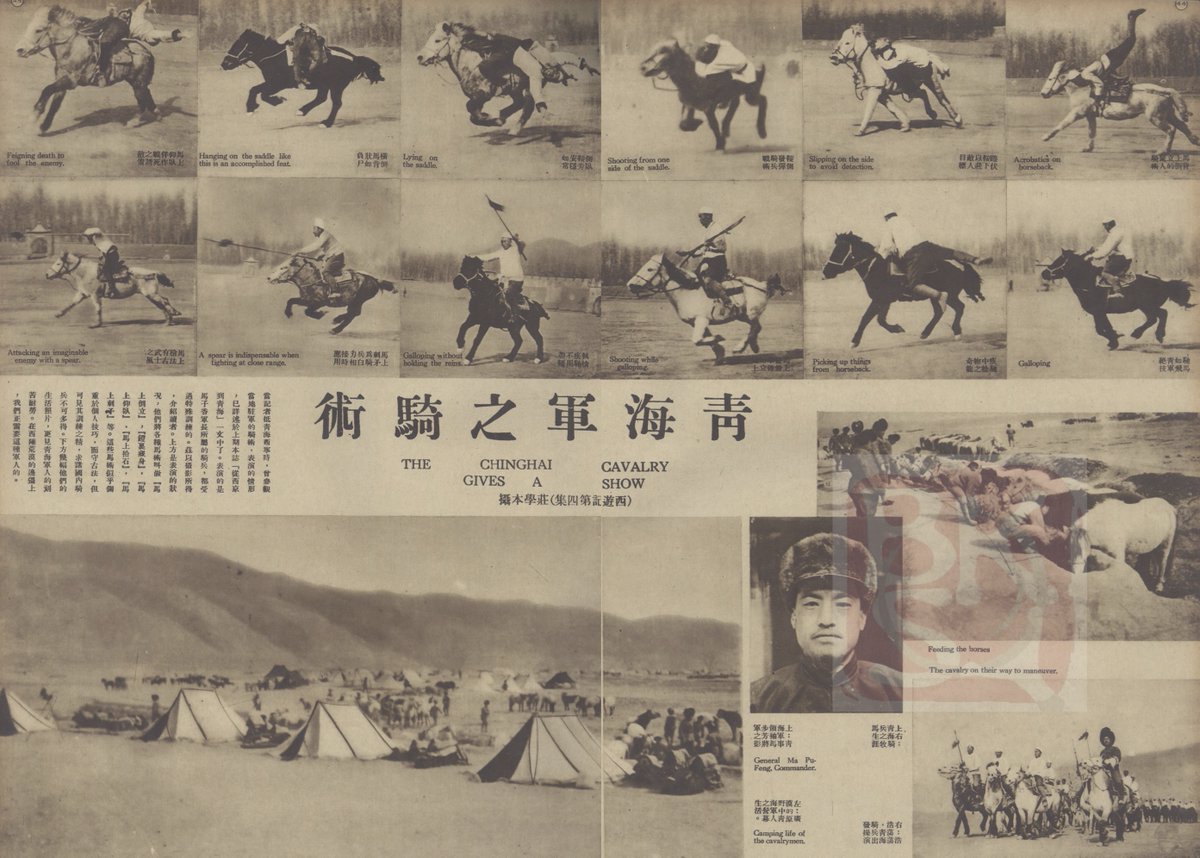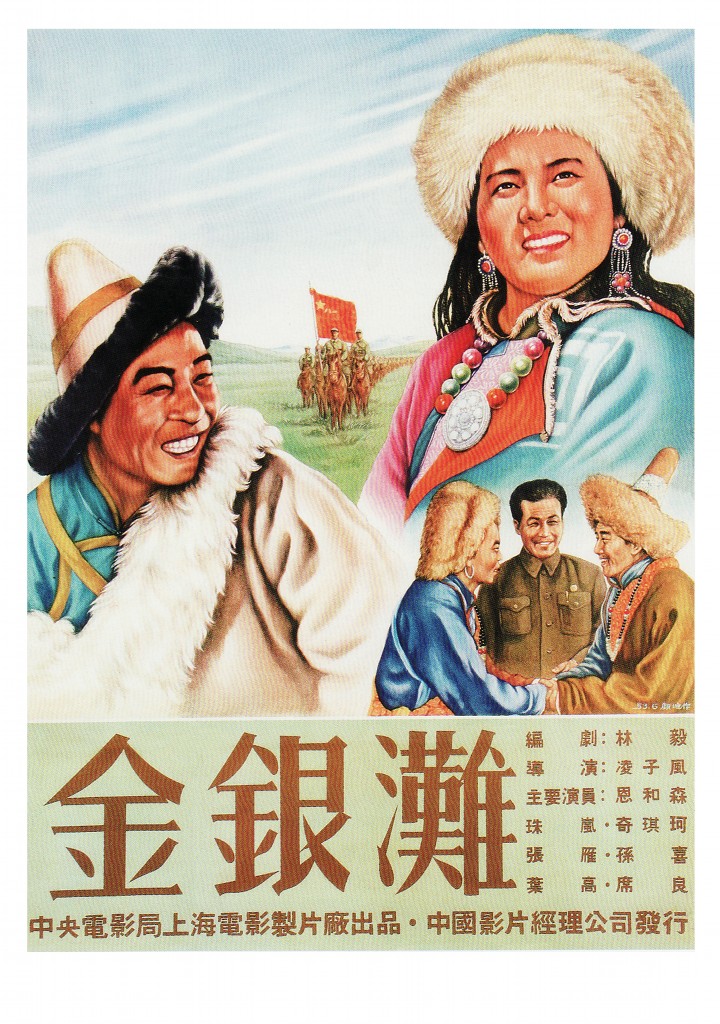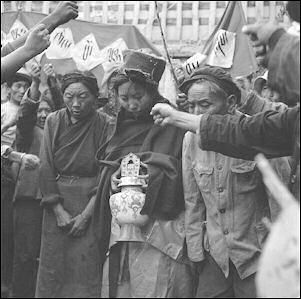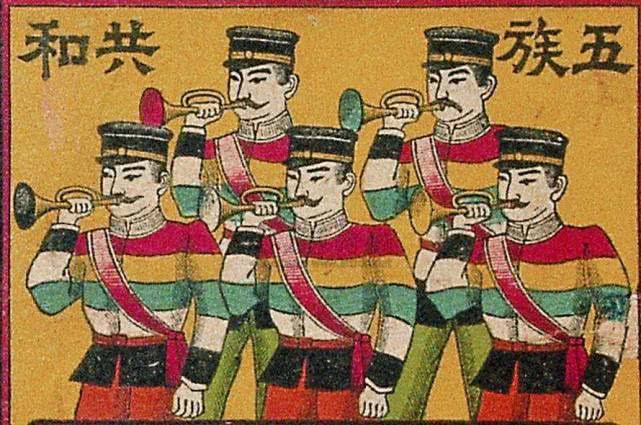
(late) 🧵3 by @BennoWeiner for #TweetHistorians @HistoryCMU
When the CCP came to power in 1949 it insisted that China was a single, inseparable, multi-nationality state. But it also admitted that this vision of national unity was not reflective of reality on the ground. 1/
When the CCP came to power in 1949 it insisted that China was a single, inseparable, multi-nationality state. But it also admitted that this vision of national unity was not reflective of reality on the ground. 1/

Instead inter-community relations in many ethnocultural borderlands were marked by alienation, distrust, and violence. Party leaders made clear who was to blame. Ethnic DIS-unity was a legacy of what (borrowing from the USSR) they called 'Great Han chauvinism' (da Hanzu zhuyi) 2/ 



Mao and others insisted that disunity was caused by centuries of Han exploitation and discrimination against non-Han people. By crafting 'minorities' as historical victims of the Han majority, the CCP positioned itself as both 'savior' and 'liberator' of 'weaker nationalities'.3/ 

If nationality disunity was caused by Han chauvinism, the solution was to eliminate HC. A second obstacle was "local nationalism" among 'minorities.' But because LN was considered a response to Han oppression, it would disappear naturally after Han chauvinism was eliminated. 4/ 

So the CCP set out to prove to non-Han communities that it was different than previous Han regimes by promising equality, respect, prosperity, and to make them "masters of their own homes" via regional autonomy. But ending Han chauvinism was easier said than done. 5/ 

As Uradyn Bulag and others have argued, Han chauvinism was baked into the CCP's DNA. Even while declaring the equality of nationalities, each was placed on a scale of evolutionary development from primitive to advanced with the Han at the the top, the 'vanguard nationality'. 6/
Essentially 'minority' culture was deemed incompatible with socialist modernity. Frustrated by the slow pace of change, in 1957 LN was declared to be an independent, even treasonous deviancy, far worse than HC, bent on sabotaging socialism and even dividing the nation. 7/
Having been officially equated with backwardness, feudalism, and/or separatism, from the Great Leap Forward through the Cultural Revolution many non-Han communities suffered tremendous violence against themselves and their cultural, religious, and linguistic heritage. 8/ 



HC was again criticized in the 1980s. Yet both the socialist and post-socialist projects in China are embedded within a quest for ethno-national salvation that ID's many non-Han people as backward (demanding Han-led development) and/or disloyal (demanding state-led discipline).9/
Terminologies have changed but under Xi Jinping the CCP again has openly embraced what was one called Han chauvinism while echoing earlier attacks on local nationalism by likening expressions of ethnocultural difference to existential threats to the Party and nation. 10/
-BW
-BW

• • •
Missing some Tweet in this thread? You can try to
force a refresh













